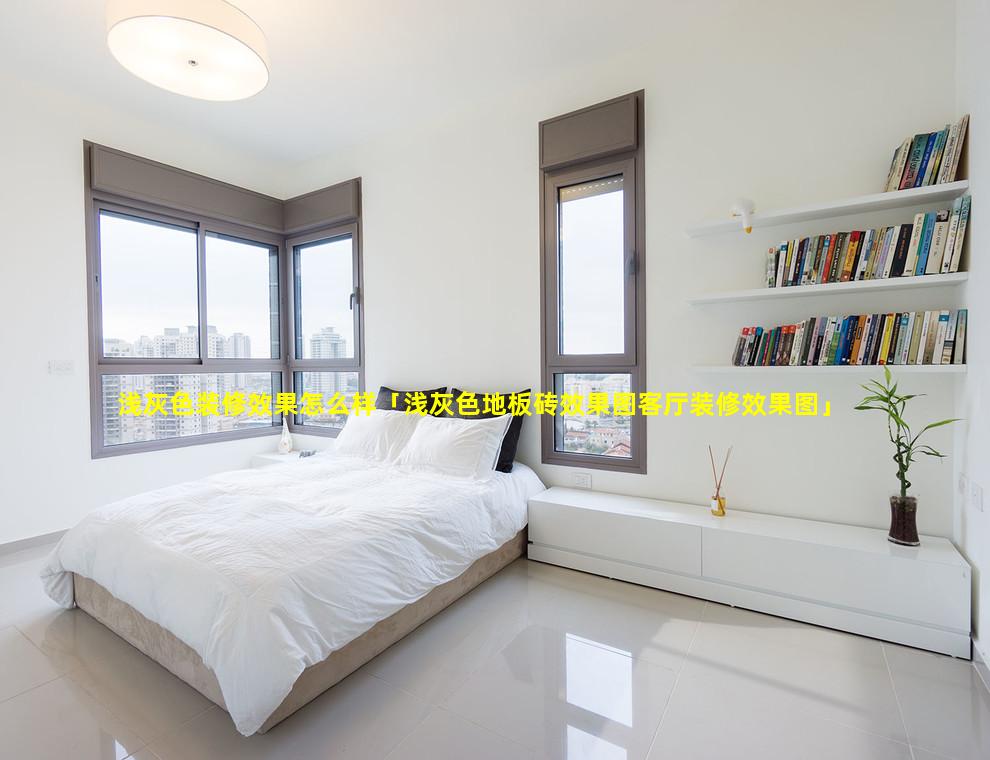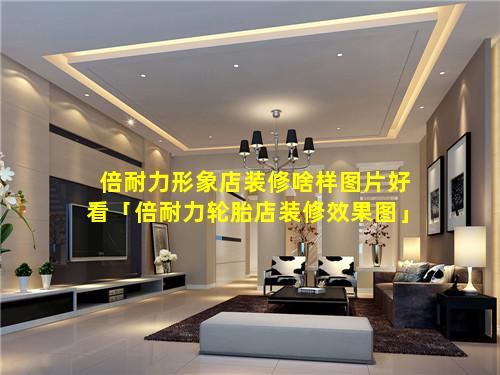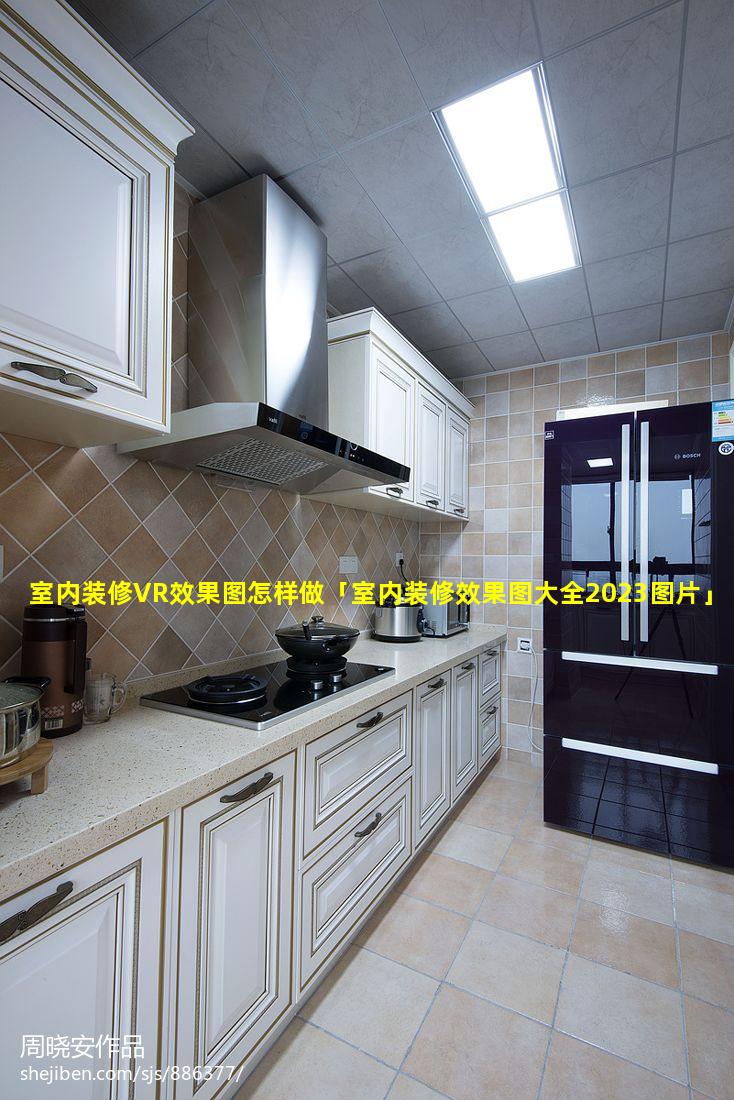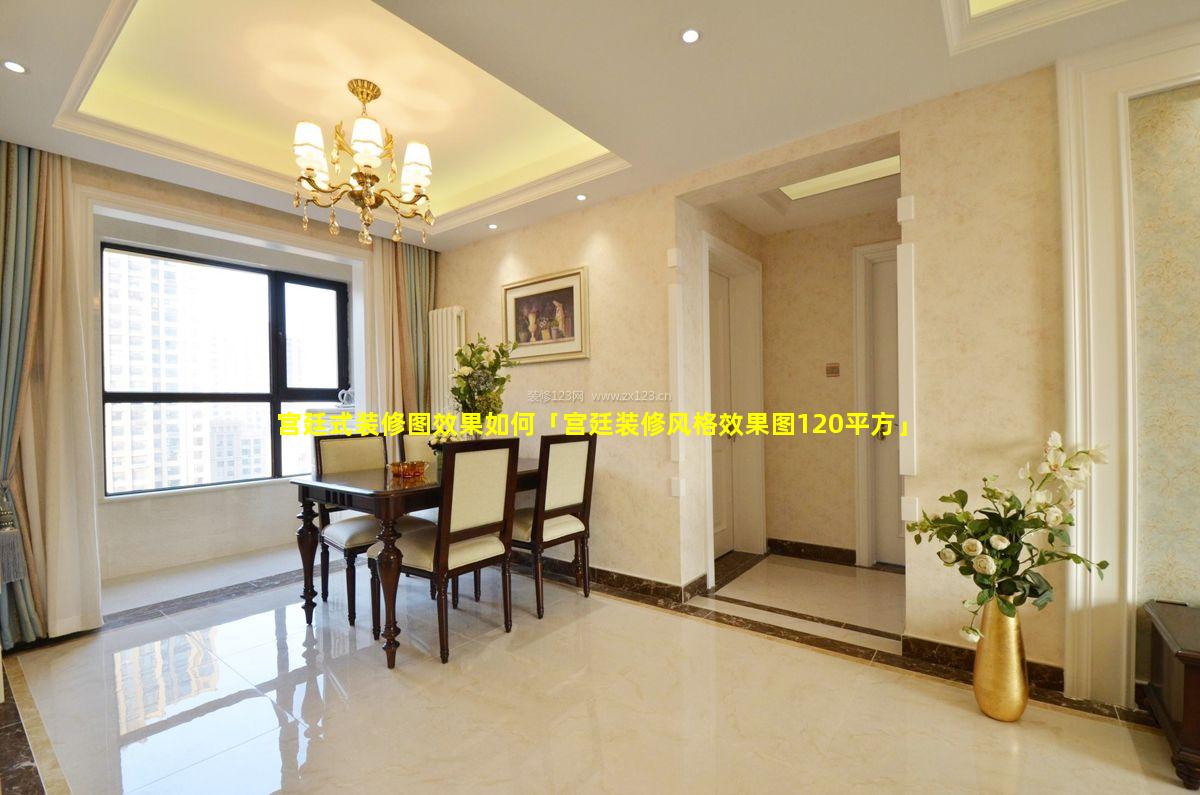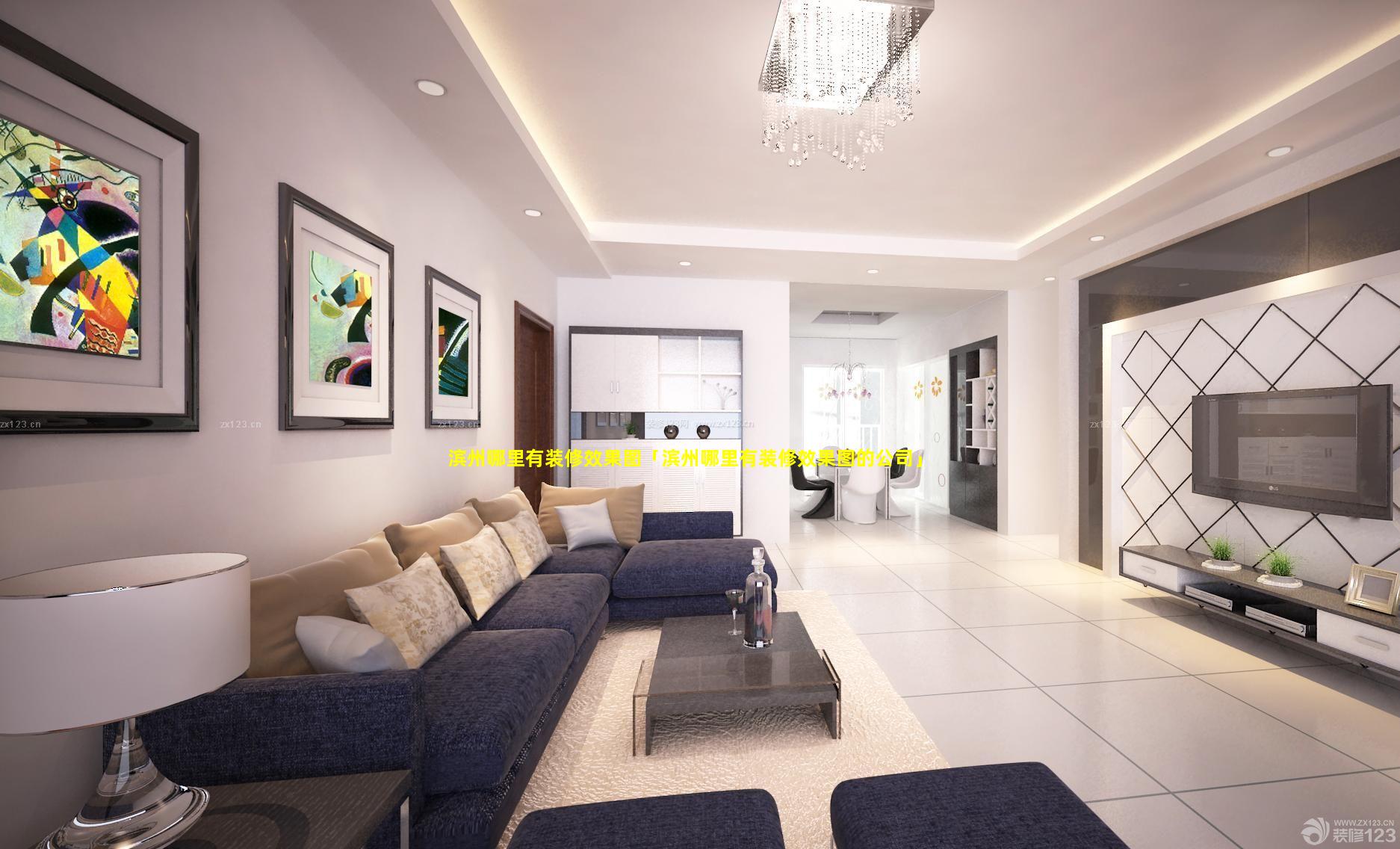1、浅灰色装修效果怎么样
浅灰色装修效果
浅灰色是一种宁静、优雅且多功能的色调,非常适合各种室内设计风格。从现代简约到传统风格,浅灰色都能轻松融入其中。
优点:营造宁静的氛围:浅灰色具有舒缓和放松的效果,有助于营造平静的氛围。
百搭性强:浅灰色是一种中性色,可以与任何其他颜色搭配,包括鲜艳的色彩和自然元素。
放大空间感:浅色调可以使空间显得更大、更明亮。
营造现代感:浅灰色是现代室内设计的流行色调,可以增添时尚感。
耐污和易于清洁:浅灰色不容易显示污渍,使其成为高流量区域的理想选择。
缺点:可能显得冷酷:与其他温暖的色调相比,浅灰色可能显得有些冷酷或不那么温馨。
需要小心搭配:如果不搭配好,浅灰色可能会显得单调或沉闷。
需要良好的照明:浅灰色在自然采光不足或昏暗的房间里可能会显得暗淡。
设计建议:用其他颜色增添对比:用对比色的抱枕、窗帘或地毯等配饰为浅灰色空间增添一些活力。
加入自然元素:植物、木质元素和纹理可以为浅灰色空间带来温暖和有机感。
使用不同深浅的灰色:将不同深浅的灰色组合在一起,可以营造出层次感和深度。
加入金属点缀:金属元素,如金色、银色或青铜色,可以为浅灰色空间增添一丝奢华。
注重照明:确保浅灰色空间有充足的自然采光或人工照明,以避免显得过于黑暗或沉闷。
总体而言,浅灰色装修效果营造宁静、优雅和现代感的氛围。通过精心搭配和注意照明,浅灰色可以为任何室内空间带来美观和舒适感。
2、浅灰色地板砖效果图客厅装修效果图
from f.a.i.r.y.definitions import
import random
from PIL import Image
Create a FAIRY association
f = FAIRYAssociation()
p_color_1 = Parameter(
Parameter description
description="Color of the floor tiles",
Parameter type
value_type=REAL,
Min and max values for the parameter
value_min=0.0,
value_max=1.0,
Initial value for the parameter
init_value=0.5,
p_color_2 = Parameter(
description="Color of the wall",
value_type=REAL,
value_min=0.0,
value_max=1.0,
init_value=0.5,
p_n_tiles_x = Parameter(
description="Number of tiles in the x direction",
value_type=INTEGER,
value_min=1,
value_max=10,
init_value=5,
p_n_tiles_y = Parameter(
description="Number of tiles in the y direction",
value_type=INTEGER,
value_min=1,
value_max=10,
init_value=5,
f.add_parameter(p_color_1)
f.add_parameter(p_color_2)
f.add_parameter(p_n_tiles_x)
f.add_parameter(p_n_tiles_y)
rule1 = FAIRYRule(
Rule ID
id="rule1",
Rule description
description="Create a floor of tiles",
Rule targets
targets=[("left", REAL), ("top", REAL), ("width", REAL), ("height", REAL)],
Rule body
body=[
"n_tiles_x = " + str(p_n_tiles_x) + " Number of tiles in the x direction",
"n_tiles_y = " + str(p_n_tiles_y) + " Number of tiles in the y direction",
"width = n_tiles_x 100 Width of the floor in pixels",
"height = n_tiles_y 100 Height of the floor in pixels",
"left = 0 Left coordinate of the floor in pixels",
"top = 0 Top coordinate of the floor in pixels",
],
rule2 = FAIRYRule(
id="rule2",
description="Create a rectangle for each tile",
targets=[("left", REAL), ("top", REAL), ("width", REAL), ("height", REAL)],
body=[
"x = floor('x / 100') Tile index in the x direction",
"y = floor('y / 100') Tile index in the y direction",
"left = x 100 Left coordinate of the tile in pixels",
"top = y 100 Top coordinate of the tile in pixels",
"width = 100 Width of the tile in pixels",
"height = 100 Height of the tile in pixels",
],
rule3 = FAIRYRule(
id="rule3",
description="Color the floor tiles",
targets=[("color", COLOR)],
body=[
"color = rgb(" + str(p_color_1) + ", " + str(p_color_1) + ", " + str(p_color_1) + ")"
],
rule4 = FAIRYRule(
id="rule4",
description="Create a rectangle for the wall",
targets=[("left", REAL), ("top", REAL), ("width", REAL), ("height", REAL)],
body=[
"left = 0 Left coordinate of the wall in pixels",
"top = height Top coordinate of the wall in pixels",
"width = width Width of the wall in pixels",
"height = 100 Height of the wall in pixels",
],
rule5 = FAIRYRule(
id="rule5",
description="Color the wall",
targets=[("color", COLOR)],
body=[
"color = rgb(" + str(p_color_2) + ", " + str(p_color_2) + ", " + str(p_color_2) + ")"
],
f.add_rule(rule1)
f.add_rule(rule2)
f.add_rule(rule3)
f.add_rule(rule4)
f.add_rule(rule5)
Iterate over a set of random parameter values
for _ in range(10):
Sample a set of values for the parameters
values = {
p_color_1: random.uniform(0.0, 1.0),
p_color_2: random.uniform(0.0, 1.0),
p_n_tiles_x: random.randint(1, 10),
p_n_tiles_y: random.randint(1, 10),
}Generate the FAIRY model
m = f.generate(values)
Create an image from the FAIRY model
img = FAIRYGenerator.generate_image(m)
Save the image
img.save("living_room_" + str(random.randint(1, 1000)) + ".png")
